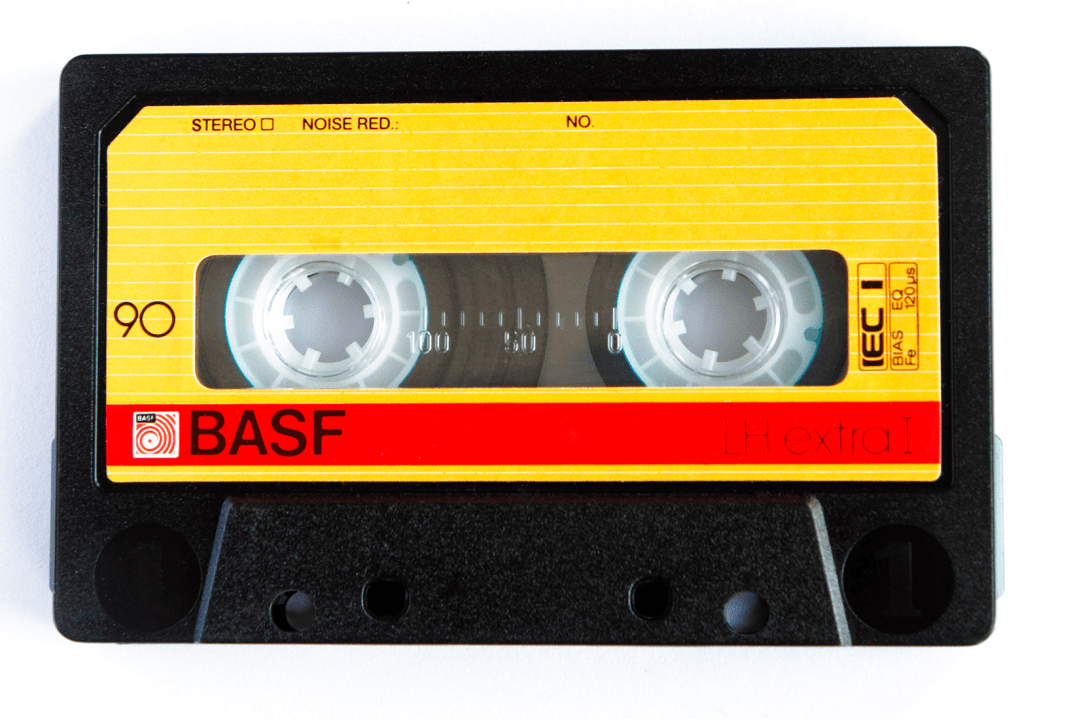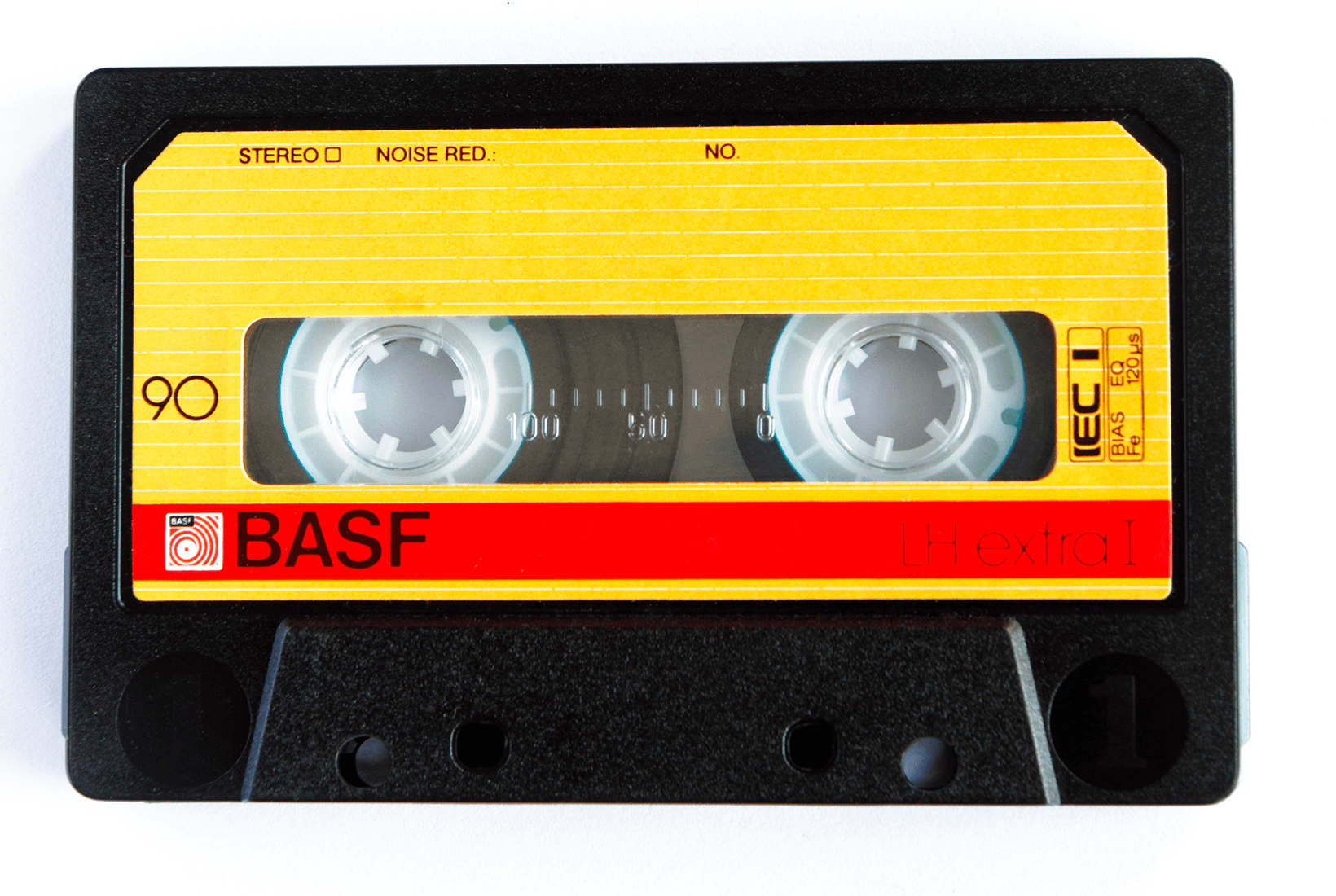May the gods of Hiss and Compression bless Lou Ottens. As head of new product development at Phillips, the Dutch engineer invented the compact cassette in 1963 and changed music for ever. Ottens died last week at 94. A good age, and a good number. You could get a full album on each side.
For many of us born in the 1970s, who came of age musically in the 1980s and 1990s, the blank cassette has an unkillable romance. We measured our lives in spools of magnetic tape: C60, C90, the occasional C46. Inside those hard plastic shells we surfed the thin end of the aural wedge, composing scrappy love letters in the medium’s notoriously tinny register — no bass, all treble.
Tapes were desirable not for their audio quality, which was sub-prime, or aesthetic appeal. A cassette album possessed none of the grandeur of vinyl, nor the bland efficiency of a CD. The precariously hinged plastic box, harbouring finicky folds of paper and tiny text, was the poor stepchild of any official album release. It was ugly and precarious. The tape frequently got chewed up; the signal warped and flared.
To generations raised on the iPod, it’s hard to articulate just what a liberation the cassette represented
This was not the optimum way to hear the latest album by your most beloved band. The beauty of the cassette lay in its portability and utility. Aided by the Sony Walkman, it freed up the act of listening, blurring the line between a private act and a public display. You could play music in the car, in the street, in transit. To generations raised on the iPod and smart phone, it’s hard to articulate just what a liberation the cassette represented.
Where it truly came into its own was in the noble art of redistributing music.









Comments
Join the debate for just £1 a month
Be part of the conversation with other Spectator readers by getting your first three months for £3.
UNLOCK ACCESS Just £1 a monthAlready a subscriber? Log in